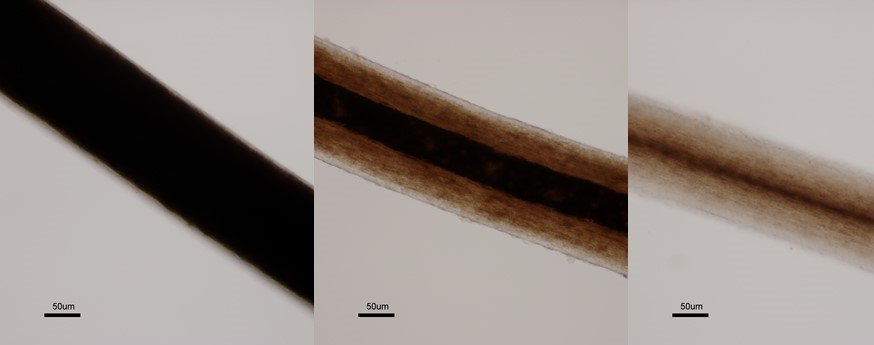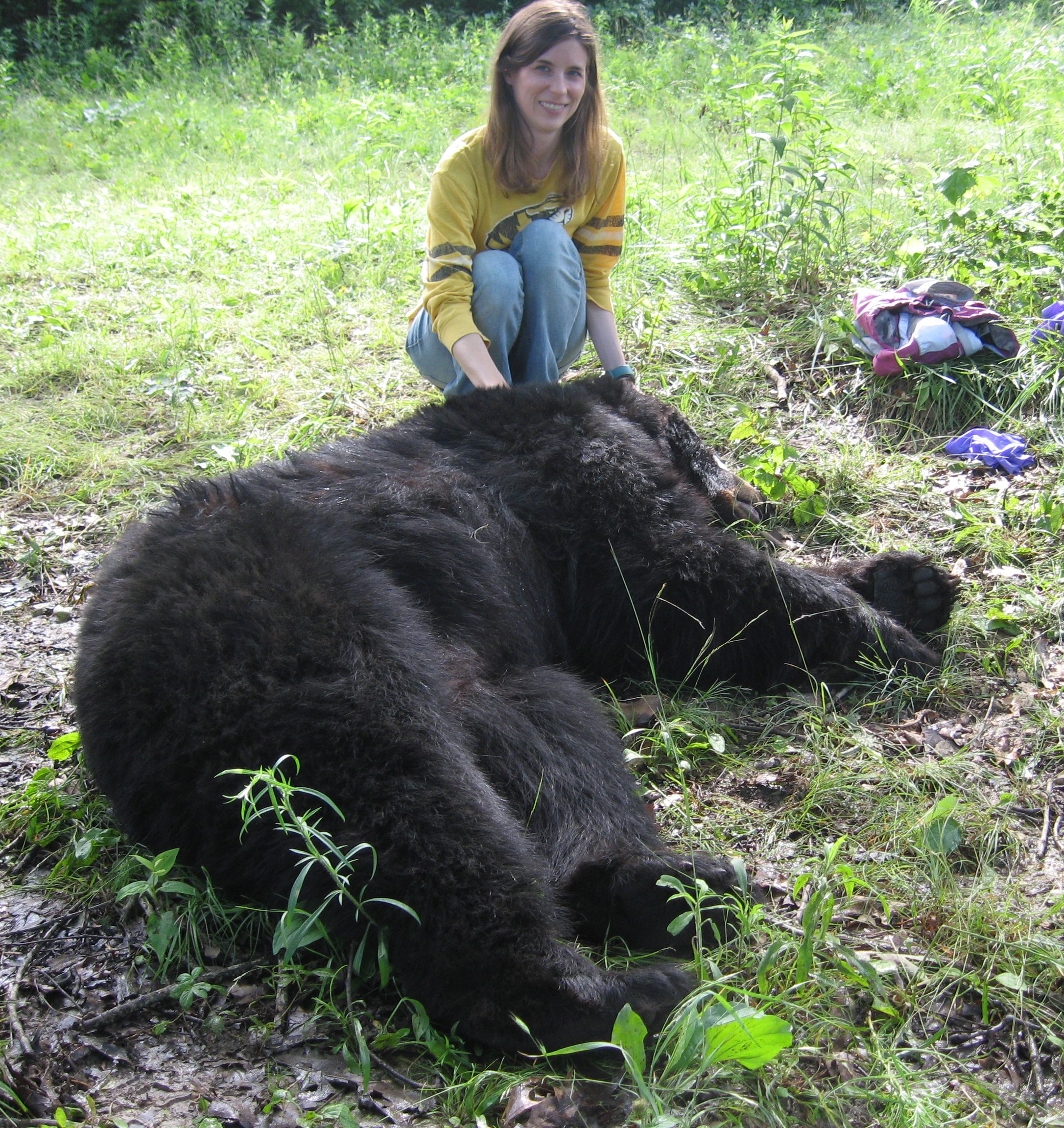Phylogeography
The Puckett Lab works to understand the evolutionary history of American black bears through space and time. Specifically, we are interested in the routes of range expansion and contraction through time, and linking this to the amounts of contemporary genomic diversity. We are further interested in spatial variation of introgression between American black and brown bears, and specifically if introgression resulted in adaptive advantages for either species.
There are opportunities for graduate students on these projects coming out phylogeographic questions from conservation or evolutionary perspectives. Please see the Positions in the Lab page.
Adaptation
A core focus of the lab moving forward will be to understand the scales of adaptation within bears broadly and American black bears specifically. Interests are broad, ranging from understanding novel genes within Ursidae or specific bear species, rapid evolution within the genome, the adaptive role of introgression, or local adaptation and the environmental pressures that bears are experiencing.
There are opportunities for graduate students on these projects coming at adaptive questions from conservation or evolutionary perspectives. Please see the Positions in the Lab page.
Color Variation in Bears

As their name suggests most American black bears are black in color; however, there are a variety of different brown shades (cinnamon, chocolate, and liver), as well as the iconic white/Spirit and grey/Glacier bears along the Pacific coast. These color morphs have unique spatial distributions, which may be associated with adaptation across the landscape. We are investigating both the genetic basis for unique color morphs and the evolutionary history of those variants over space and through time.
There are opportunities for graduate students on these projects. Please see the Positions in the Lab page.
American Black Bear Density and Dispersal

My work with the Missouri Bear Project has explicit implications for wildlife management. We conducted a genetic mark-recapture study of black bears in Missouri and estimated a population of 280 bears in the state. This project also describes how study design factors of genetic mark-recapture using hair snags influences population size estimates.
I am also working on a project that explores the interplay between bear density, amount of genetic diversity, and female philopatry on sex-biased dispersal.
Landscape Genetics for Conservation
We are utilizing landscape genetics to understand how bears in diverse environments move across the landscape. Specifically, we are interested in the landscape features that both promote movement, and ultimately gene flow, as well as identifying which features (i.e., roads, water bodies, steep slopes) impede movement. We were closely with wildlife agency partners in Alaska and Louisiana to provide data to facilitate their management of bears.
Evolution of Hyper-Carnivory
The bear family has large variation in dietary diversity, encompassing the hyper-herbivorous giant panda, hyper-carnivorous polar bear, but most bears are omnivorous. We are investigating the evolution of carnivory from the perspective of convergent evolution across mammals.